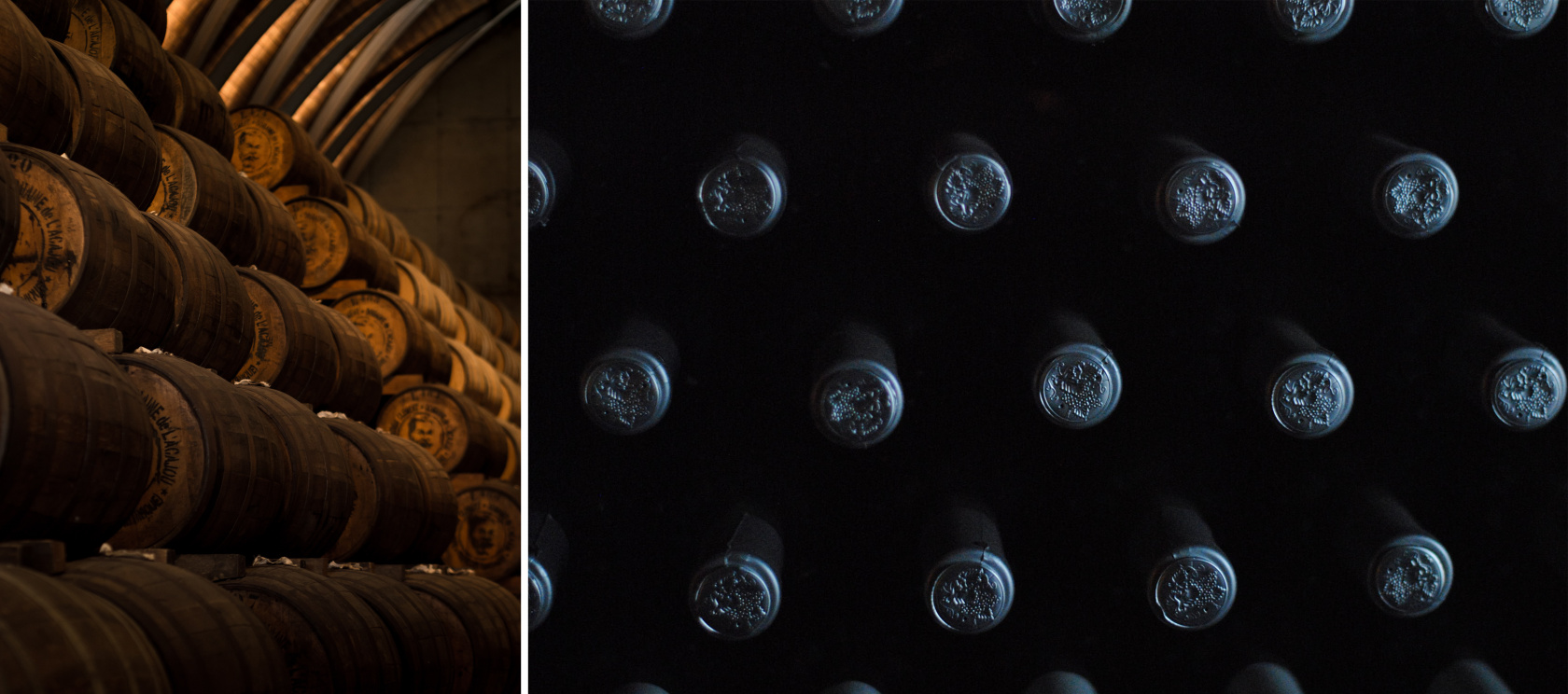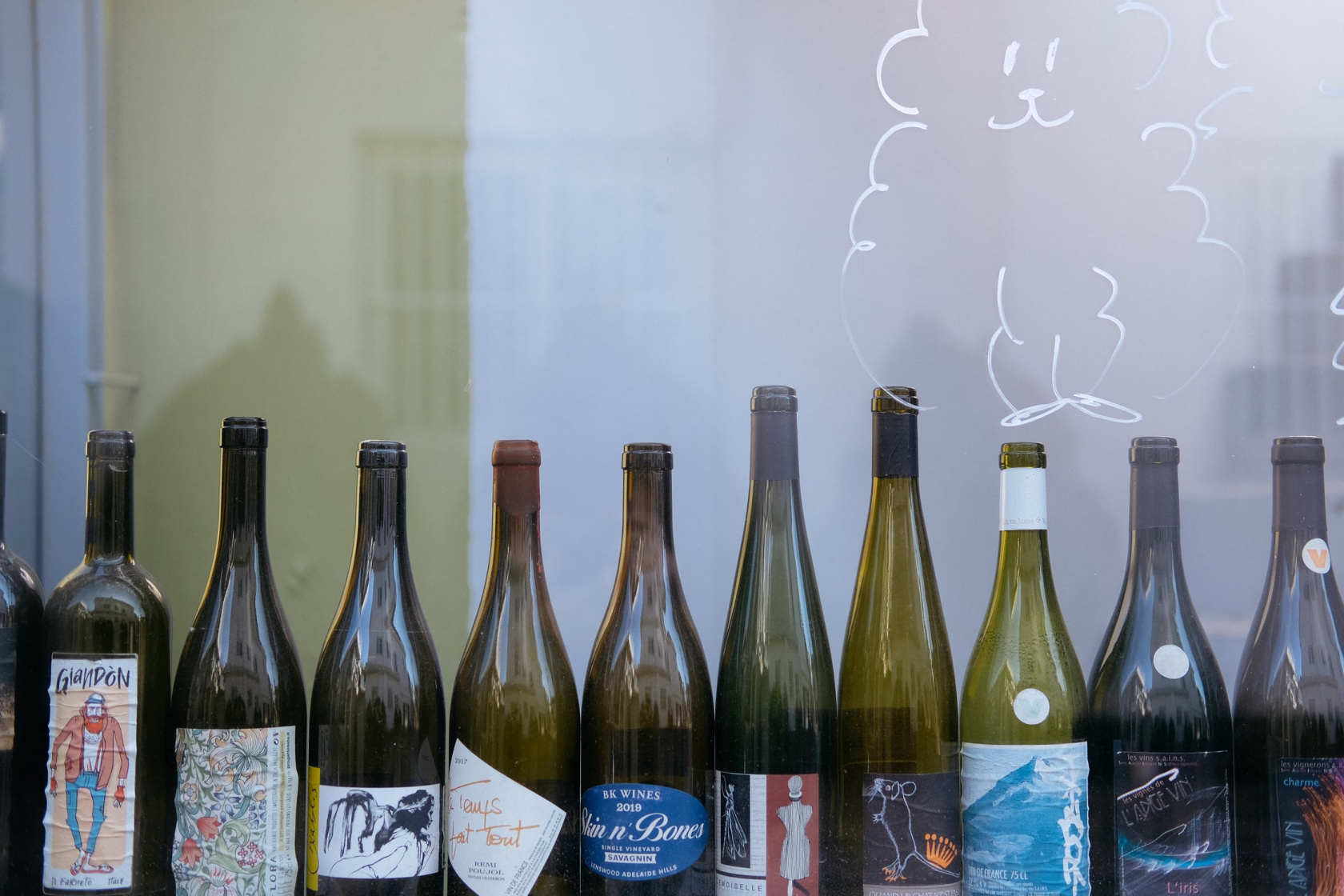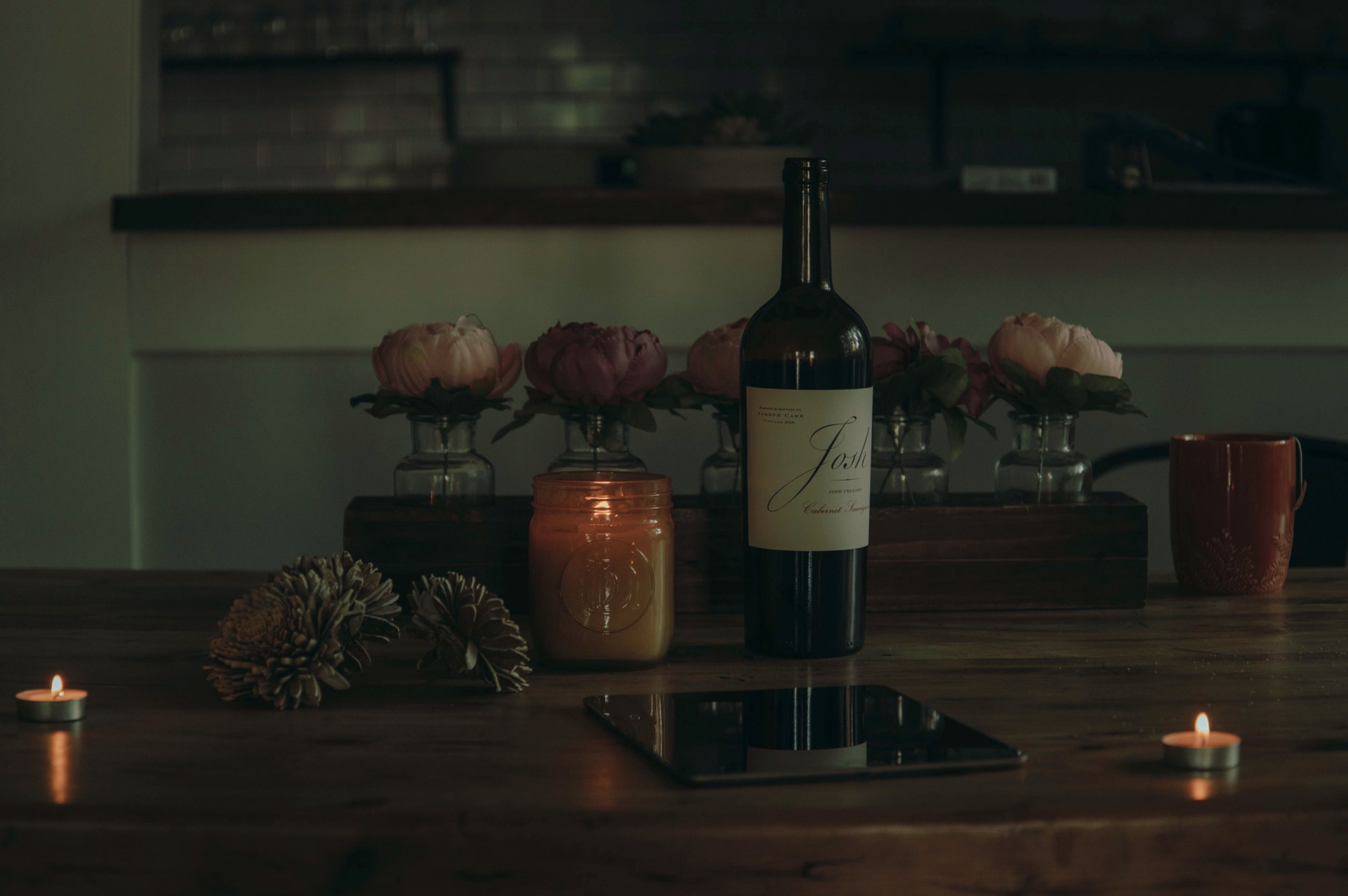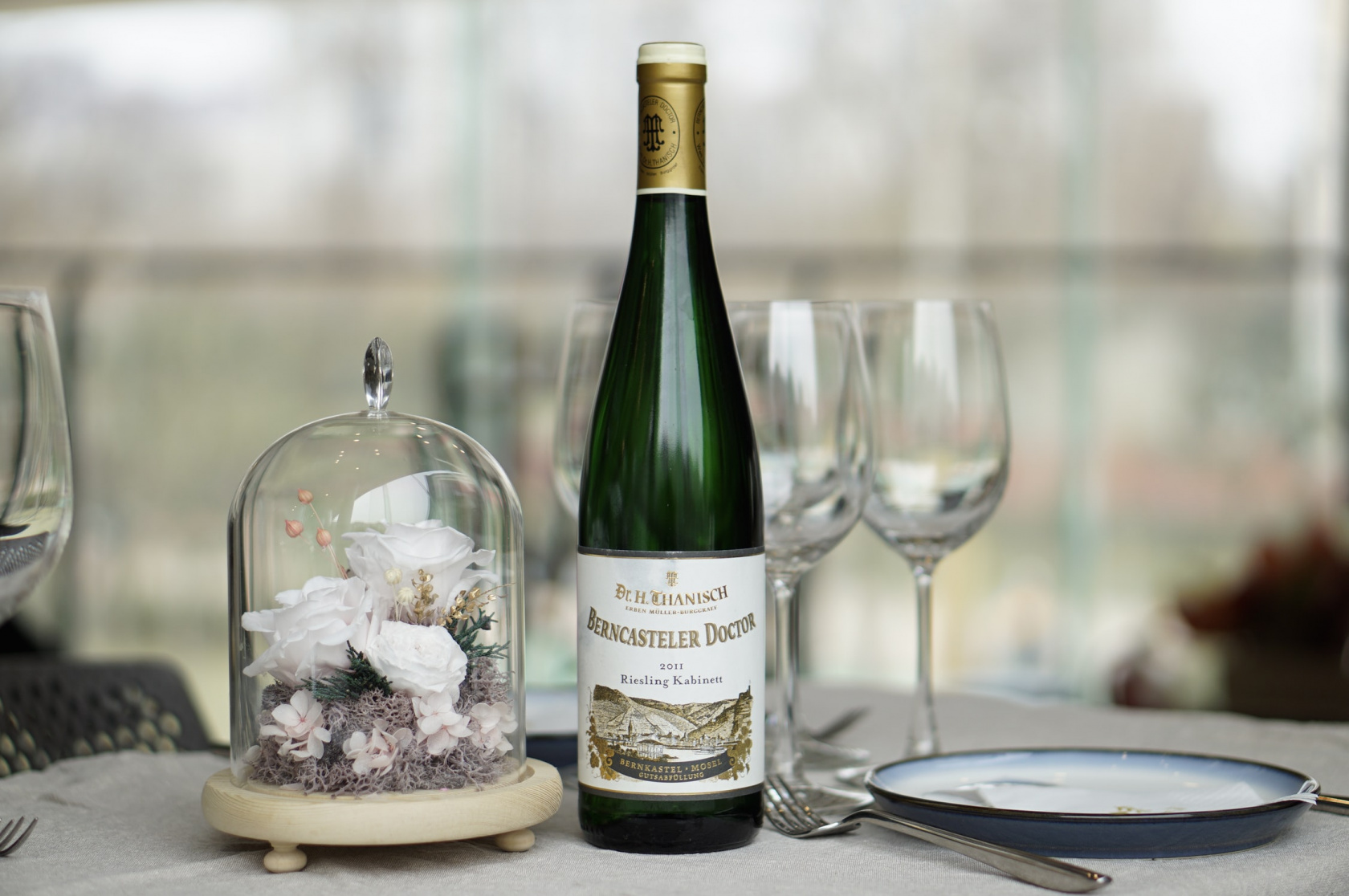Along with photography, the pendulum and the steam engine, the wine bottle is the brainchild of New Age inventors. And this at first glance seems strange, because the historical roots of wine go back to the Neolithic era - it is the same ancient drink as kvass, honey and beer. The fact is that until the mid-17th century there were no coal furnaces with which craftsmen could make glass products. Thus, alcohol was stored in wooden barrels, decanters, amphoras, wineskins and other containers. But since bottles are much more practical and durable than most of the options listed, they have completely replaced other containers from use.

It is interesting that previously wines were bottled not in production, but in the country of sale, where they were delivered in barrels. Moreover, all early European bottles looked approximately the same: squat, rough shape, similar to an onion or a flattened ball, dark glass. Today we see a wide variety of bottles on the shelves. The modern wine industry has systematized all this diversity so that wine connoisseurs can easily find their favorite variety and recognize it by looking only at the color of the glass or the shape of the neck. To make choosing a drink easier for you, we will tell you about the distinctive features of the most popular wine bottles.

Bordeaux wine bottle
Bordeaux bottles contain all types of wine allowed in Bordeaux. These are the most popular bottles, which stand out among others with their concave bottom with characteristic grooves and rounded steep “shoulders”. Their main function is to retain sediment that forms in wines after long-term storage. Red wines are bottled in dark green Bordeaux bottles, white and dry wines are bottled in light green, and rose and white dessert wines are bottled in clear ones.
Interestingly, this form is widely used for Bordeaux grape varieties, even those grown in Argentina, Chile or South Africa.

Burgundy or Rhone wine bottle
The second most popular type of wine bottle. Compared to Bordeaux, it is wider and higher, its “shoulders” are flatter, and its base is massive. This elegant form is used in the Loire Valley and along the Rhone River, as well as in other regions of the world where pinot noir and chardonnay are produced. These grape varieties are not so tannic, due to which they almost never produce sediment. The wide bases of Bordeaux and Burgundy bottles are historically determined: they had to be heavy and stable enough to survive long sea voyages.

Rhine wine bottle or "flute"
The fate of the Rhine bottle was much simpler than that of the Bordeaux and Rhone bottles. They were transported along the calm waters of the Rhine, so to this day they have retained their chiseled, streamlined shape, gentle “shoulders” and narrow bottom. Today, “flute” bottles come in a wide range of colors: blue, amber, green and even deep brown. The Rhine bottle is primarily associated with Rieslings and aromatic Gewürztraminers.

















































/https%3A%2F%2Fcomplexbar.com%2Fimages%2Fblog%2F58%2Fedbf8ed4cbf925abf2b25556d82de66b.jpeg)
/https%3A%2F%2Fcomplexbar.com%2Fimages%2Fblog%2F246%2Fsirop_scale_2400.jpeg)
/https%3A%2F%2Fcomplexbar.com%2Fimages%2Fblog%2F246%2Fkofe-vostochniy.jpg)
/https%3A%2F%2Fcomplexbar.com%2Fimages%2Fblog%2F245%2Fpexels-jason-villanueva-851555.jpg)
/https%3A%2F%2Fcomplexbar.com%2Fimages%2Fblog%2F246%2F2024-04-09_17.22.54.jpg)
/https%3A%2F%2Fcomplexbar.com%2Fimages%2Fblog%2F246%2F2024-04-09_17.22.47.jpg)
/https%3A%2F%2Fcomplexbar.com%2Fimages%2Fblog%2F246%2FCODE_anons_foamydrops_752%D1%85480_eng.jpg)
/https%3A%2F%2Fcomplexbar.com%2Fimages%2Fblog%2F246%2FAlina_752%D1%85480_eng.jpg)
/https%3A%2F%2Fcomplexbar.com%2Fimages%2Fblog%2F246%2F2024-04-09_17.23.22.jpg)
/https%3A%2F%2Fcomplexbar.com%2Fimages%2Fblog%2F246%2F2024-04-09_17.23.28.jpg)
/https%3A%2F%2Fcomplexbar.com%2Fimages%2Fblog%2F246%2F2024-04-09_17.23.35.jpg)
/https%3A%2F%2Fcomplexbar.com%2Fimages%2Fblog%2F246%2Fdrinksome_752%D1%85480_eng.jpg)
/https%3A%2F%2Fcomplexbar.com%2Fimages%2Fblog%2F246%2Fnude_752%D1%85480_eng.jpg)
/https%3A%2F%2Fcomplexbar.com%2Fimages%2Fblog%2F246%2F752%D1%85480_eng__1_.jpg)
/https%3A%2F%2Fcomplexbar.com%2Fimages%2Fblog%2F246%2F752%D1%85480_eng.jpg)
/https%3A%2F%2Fcomplexbar.com%2Fimages%2Fblog%2F246%2FStudioRaw_752%D1%85480_eng.jpg)
/https%3A%2F%2Fcomplexbar.com%2Fimages%2Fblog%2F246%2FDoppio_tea_752%D1%85480_eng.jpg)
/https%3A%2F%2Fcomplexbar.com%2Fimages%2Fblog%2F246%2FTognana_Stars_Stripes_752%D1%85480_eng.jpg)
/https%3A%2F%2Fcomplexbar.com%2Fimages%2Fblog%2F246%2FRona_752%D1%85480_eng.jpg)
/https%3A%2F%2Fcomplexbar.com%2Fimages%2Fblog%2F246%2FDoppio_vending_752%D1%85480_eng.jpg)
/https%3A%2F%2Fcomplexbar.com%2Fimages%2Fblog%2F246%2FEssence_sukhie_smesi_752%D1%85480_eng.jpg)
/https%3A%2F%2Fcomplexbar.com%2Fimages%2Fblog%2F246%2FODK_sukhie_smesi752%D1%85480_eng.jpg)
/https%3A%2F%2Fcomplexbar.com%2Fimages%2Fblog%2F246%2Funiforma-barmena.jpg)
/https%3A%2F%2Fcomplexbar.com%2Fimages%2Fblog%2F246%2Fkak-nanyat-barmena.jpg)
/https%3A%2F%2Fcomplexbar.com%2Fimages%2Fblog%2F246%2Fsirop_scale_2400.jpeg)
/https%3A%2F%2Fcomplexbar.com%2Fimages%2Fblog%2F246%2FPeugeot_Anons_Paris_U%27Select_Line_Daman_752%D1%85480_eng.jpg)
/https%3A%2F%2Fcomplexbar.com%2Fimages%2Fblog%2F246%2Fkofe-vostochniy.jpg)
/https%3A%2F%2Fcomplexbar.com%2Fimages%2Fblog%2F246%2FMadler.jpg)
/https%3A%2F%2Fcomplexbar.com%2Fimages%2Fblog%2F246%2Fprofbartender_glavn.jpeg)